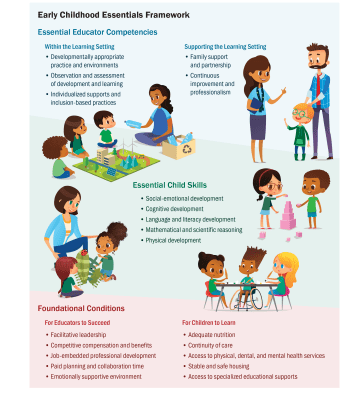Homeschooling has become an increasingly popular choice for parents looking to take an active role in their child’s education. However, navigating the world of homeschooling can be overwhelming, especially for those who are new to it. Whether you are considering homeschooling or have already started, this comprehensive guide will provide you with valuable insights and practical tips to make your homeschooling journey a success.
1. Understand Your State’s Homeschooling Laws:
Before you embark on your homeschooling journey, familiarize yourself with the homeschooling laws and regulations in your state. Each state has its own set of requirements, such as filing paperwork or keeping records. Access your state’s education department website for accurate and up-to-date information.
2. Determine Your Homeschooling Approach:
There are various homeschooling approaches and methods, such as traditional, classical, Montessori, or unschooling. Research these different approaches and choose the one that aligns with your child’s learning style and your teaching preferences.
3. Set Realistic Goals and Create a Schedule:
Establish clear and realistic goals for your child’s education. Break down these goals into smaller milestones to help you track progress. Create a flexible schedule that includes dedicated time for different subjects, breaks, and extracurricular activities. Remember to allow for adjustments as needed to accommodate your child’s individual needs.
4. Curate a Diverse Curriculum:
One of the benefits of homeschooling is the ability to tailor the curriculum to your child’s interests and abilities. Explore a variety of reputable educational resources, such as online platforms, textbooks, educational apps, and libraries. Incorporate a mix of informational, hands-on, and interactive materials to keep your child engaged and motivated.
5. Join Homeschooling Communities:
Connect with other homeschooling parents and join local or online homeschooling communities. These communities provide valuable support, resources, and opportunities for your child to interact with peers. Attend homeschooling conferences, workshops, and events to network and gain insights from experienced homeschooling families.
6. Utilize Technology and Online Resources:
Take advantage of the vast array of technology tools and online resources available for homeschooling. Use educational websites, virtual field trips, educational apps, and online learning platforms to supplement your curriculum. Leverage video conferencing tools to facilitate virtual classes and connect with tutors or mentors.
7. Assess and Adapt:
Regularly assess your child’s progress and adapt your teaching methods accordingly. Provide constructive feedback and encourage self-reflection. Assess your own teaching techniques and make adjustments as needed to ensure effective learning.
8. Encourage Socialization and Extracurricular Activities:
Homeschooling should go beyond academics. Actively seek opportunities for your child to socialize with other children through playgroups, co-op classes, sports teams, or community organizations. Encourage participation in extracurricular activities, such as music lessons, art classes, or scouting, to foster a well-rounded educational experience.
9. Cultivate a Supportive Learning Environment:
Create a dedicated and comfortable learning space at home where your child can focus and feel inspired. Minimize distractions and provide the necessary materials and resources for effective learning. Establish clear expectations and routines to cultivate a positive learning environment.
10. Stay Flexible and Embrace Continuous Learning:
Homeschooling is a dynamic and ever-evolving journey. Stay flexible and be open to trying new strategies or adjusting your approach. Continuously seek opportunities for your own personal growth and professional development as a homeschooling parent.
Embarking on the homeschooling journey as a parent can be a fulfilling and rewarding experience. With careful planning, adaptability, and a supportive network, you can provide your child with a high-quality education tailored to their unique needs. Remember to enjoy the process and celebrate the milestones along the way.











